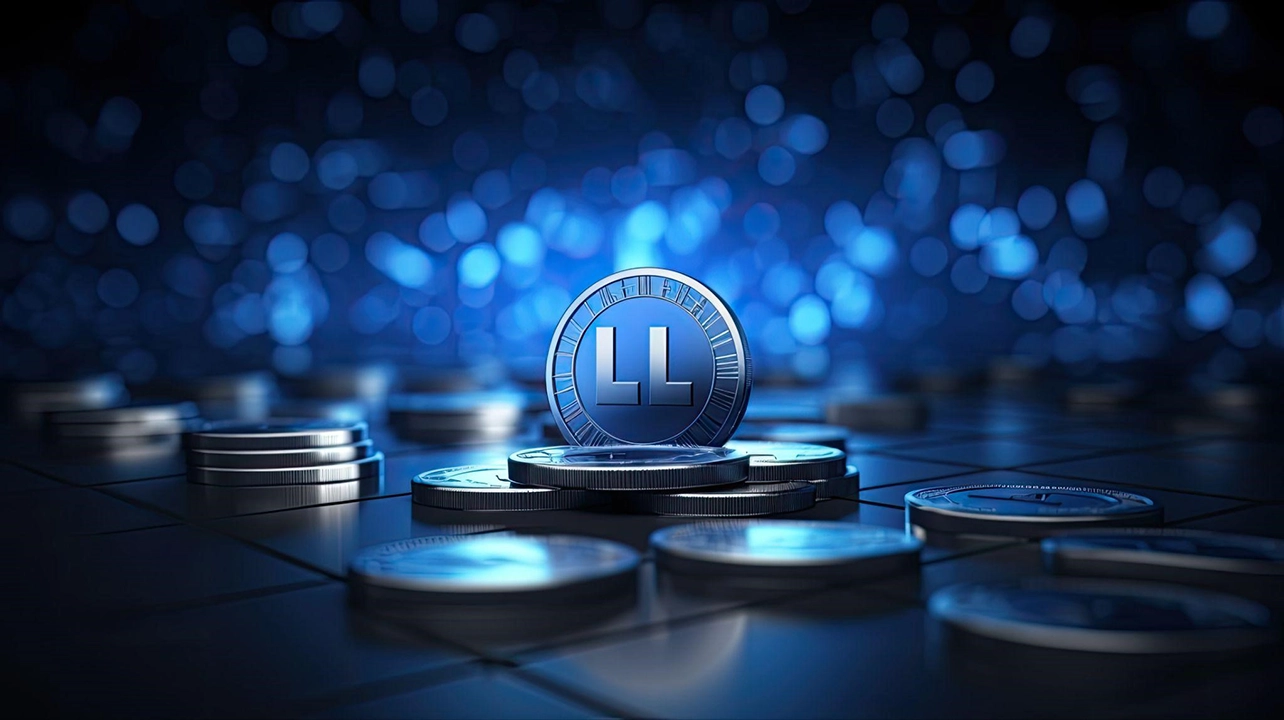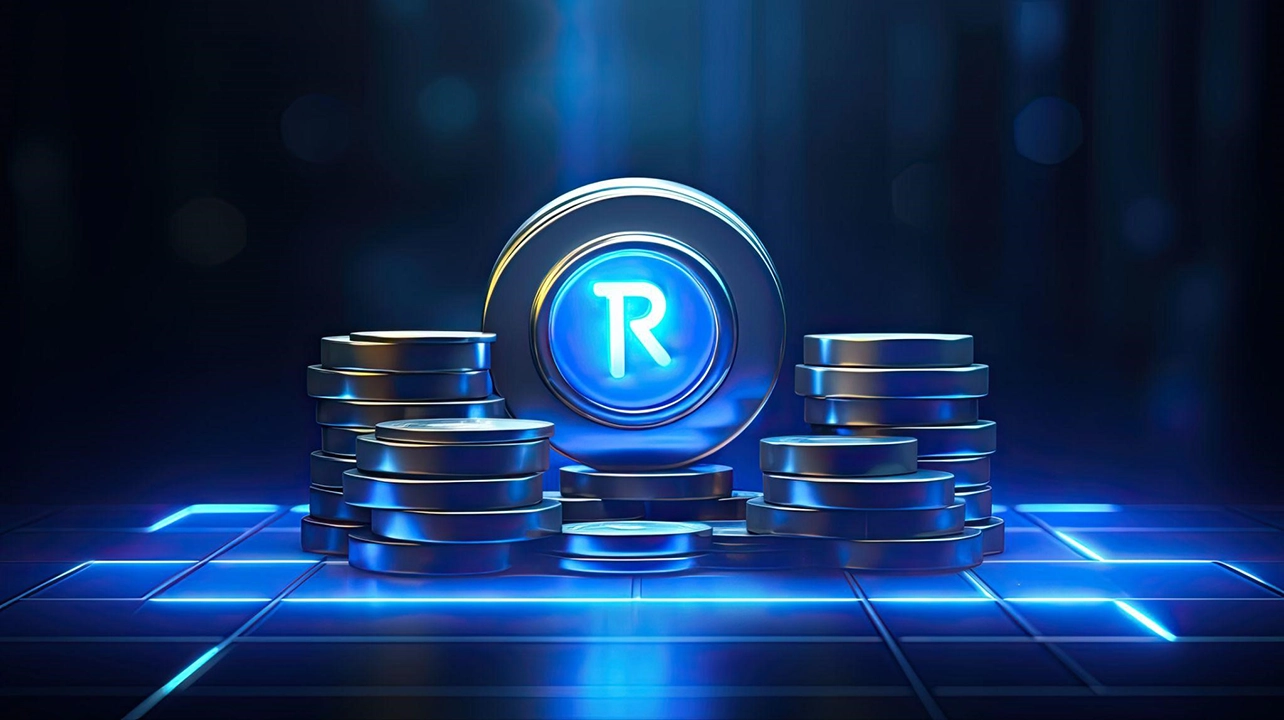Role of Stablecoins in Crypto: How They’re Shaping the Future of Payments and DeFi

Table of Contents
Cryptocurrencies have changed how we think about money. From the time of their inception, crypto has only seen steady growth. But let’s be honest. Their prices can be all over the place. That’s where stablecoins come in.
Stablecoins in crypto are like the calm in the storm. They provide a steady value that’s pegged as something reliable, like the US dollar or gold.
Therefore, this sense of stability makes them super useful, especially for payments and decentralized finance (DeFi).
Whether you are sending money across borders or earning through DeFi platforms, stablecoins are becoming the backbone of the crypto world.
Ahead, let’s understand the role of stablecoins in crypto and how they are shaping the future of payments and DeFi.
What Are Stablecoins?

As of May 2024, there are over 27.5 million active users engaging with stablecoins. But what are stablecoins?
Stablecoins are a type of digital money designed to stay steady in value. Imagine having a coin that’s always worth the same as $1, ?1, or ¥1 where it doesn’t go up and down like other cryptocurrencies such as Bitcoin. That’s the main idea behind stablecoins.
They combine the best of both worlds by giving you the stability of traditional money, like dollars, with the speed and flexibility of crypto.
When a stablecoin is created, it’s usually tied to something stable in the real world, like the U.S. dollar. This is called being backed by that asset.
For example, if a stablecoin promises to always be worth $1, the company or organization behind it ensures this by keeping real money or any other asset in a reserve.
Here’s how it works;
Issuing Stablecoins
Imagine you want to buy 100 stablecoins, each worth $1. You give $100 to the company, and in return, they issue you 100 stablecoins.
Reserves for Stability
That $100 doesn’t disappear. The company keeps it in a secure reserve, like a bank account or a highly safe investment. This reserve guarantees that if you ever want your money back, you can exchange your 100 stablecoins for the original $100.
Maintaining Trust
The reserve is crucial because it ensures that the stablecoin actually holds value. If people didn’t trust that there was real money backing it, they might stop using the stablecoin, and its value could drop.
Some stablecoins are backed by other assets, like gold or even a mix of cryptocurrencies. These reserves work the same way where they are held to make sure the stablecoins have real value behind them.
The backing builds trust, which is why these coins are considered more reliable than other cryptocurrencies that can swing wildly in value.
Without this backing, the stablecoin wouldn’t be stable at all!
Types Of Stablecoins

Stablecoins come in three main types based on how they keep their value steady. Let’s break it down.
Fiat-Collateralized Stablecoins
These are stablecoins backed by real-world money, like dollars, rupees, or euros. Think of it as a digital dollar. For every stablecoin issued, there’s actual money or something equally valuable kept in a bank or reserve to match its value.
Example: If you buy 1 stablecoin tied to the U.S. dollar, the company ensures they have $1 stored somewhere safe to back it up.
This type is simple and reliable because there’s something real behind it.
Crypto-Collateralized Stablecoins
These stablecoins are backed by other cryptocurrencies instead of real-world money. They are almost similar to putting down extra collateral to balance the risk. Since crypto can be unpredictable, you often need to lock up more value in crypto than the stablecoins you are getting.
Example: If you want $100 worth of a stablecoin, you might need to lock up $150 worth of crypto like Ethereum to account for price swings.
It’s a bit more complex but still works well in the crypto world.
Algorithmic Stablecoins (Non-Collateralized)
These don’t rely on any reserve of money or crypto. Instead, they use clever computer programs to control the stablecoin’s supply. Here, if the price of the stablecoin goes up, the system creates more coins to bring the price down. If the price drops, it removes coins to push the price back up. The goal is to keep the value steady without relying on reserves.
However, this method is riskier because if the system doesn’t work perfectly, the stablecoin can lose its value.
Role of Stablecoins in Crypto

Stablecoins play a crucial role in the cryptocurrency network. They close the gap between traditional finance and blockchain technology. Here’s how;
Offers Stability in a Volatile Market
Cryptocurrencies like Bitcoin or Ethereum are known for their price swings, which can make them unreliable for daily use. Stablecoins offer a steady value to ensure a reliable alternative for transactions, savings, and trading.
Facilitates Crypto Trading
Stablecoins are widely used on crypto exchanges to trade other cryptocurrencies without the need to convert back to fiat currency. They act as a safety net during market volatility. This enables you to hold value in a stable form.
Enables Decentralized Finance (DeFi)
Stablecoins are essential for DeFi platforms, where they are used for lending, borrowing, staking, and yield farming. They help you participate in DeFi without worrying about price fluctuations.
Simplifies Cross-Border Payments
Stablecoins enable fast and low-cost international transfers as they can bypass traditional banking systems. They are particularly beneficial in regions with limited access to banking or volatile local currencies.
Increases Financial Inclusion
Even if you don’t have access to traditional banking, stablecoins help you store and transfer value securely through a smartphone and internet connection.
Tokenizes Real-World Assets
Stablecoins help tokenize real-world assets like fiat money or commodities (gold, silver). This way, it becomes easier to trade them on blockchain platforms.
Supports Everyday Transactions
As more businesses accept stablecoins, they are becoming a practical way to pay for goods and services, similar to using digital wallets or credit cards.
Bridges Traditional and Digital Economies
Stablecoins make it easier for institutions and businesses to experiment with blockchain technology without exposure to crypto volatility. They act as a transition point for integrating blockchain into traditional financial systems.
Conclusion
Stablecoins and DeFi are reshaping the future of payments by offering stability in an otherwise volatile crypto world.
In payments, they enable fast, low-cost, and borderless transactions, which are ideal for global remittances and e-commerce.
In DeFi, stablecoins help keep things steady by holding their value, which makes them perfect for lending, borrowing, and trading.
This means you can use them without worrying about big price changes. They also help connect traditional finance with blockchain so it is easier for more people to use crypto.
Stablecoins are also helping create new digital versions of real-world assets and influencing the development of government-backed digital currencies (CBDCs). This is enabling a more efficient and decentralized financial system.
To stay ahead in the evolving world of blockchain and decentralized technologies, connect with MFEV today. For more, visit mfev.io.



